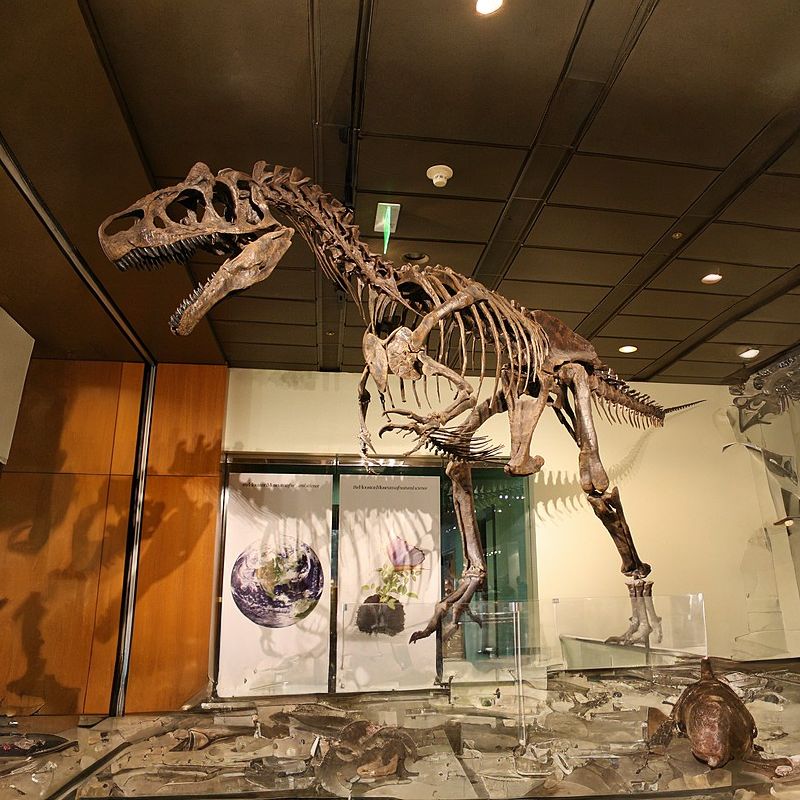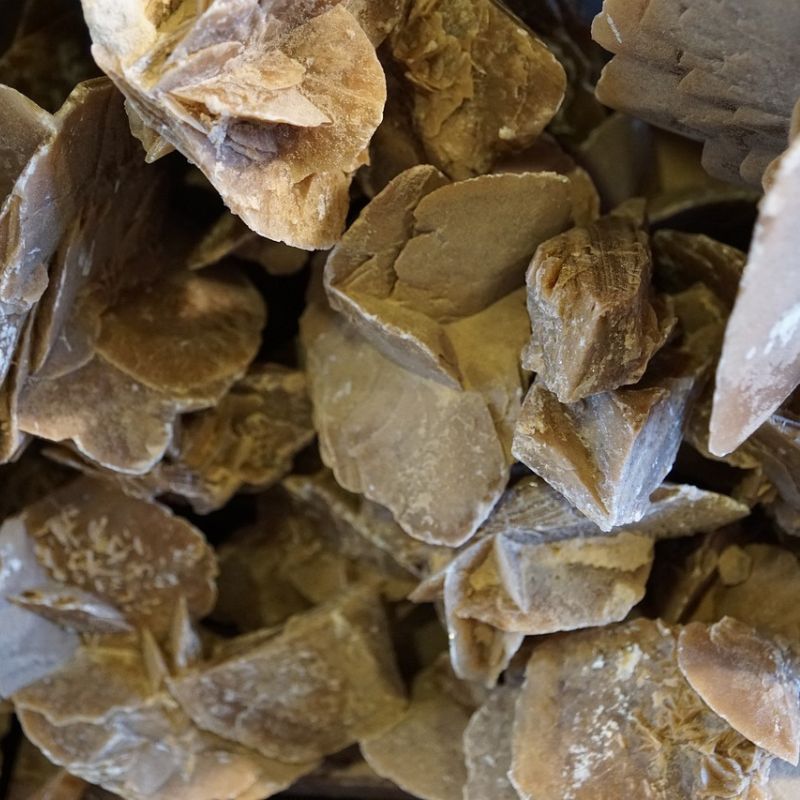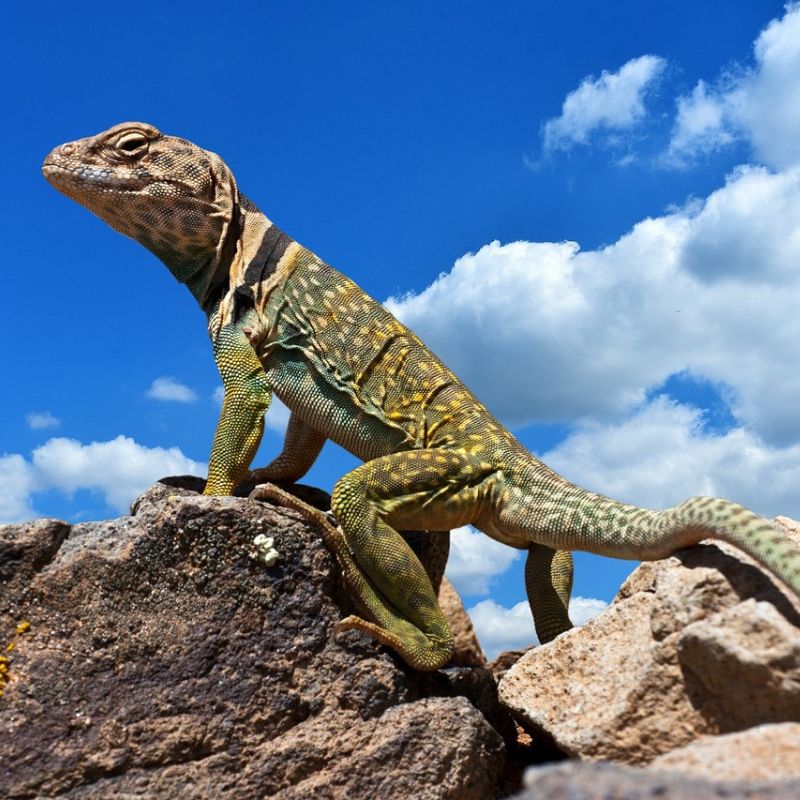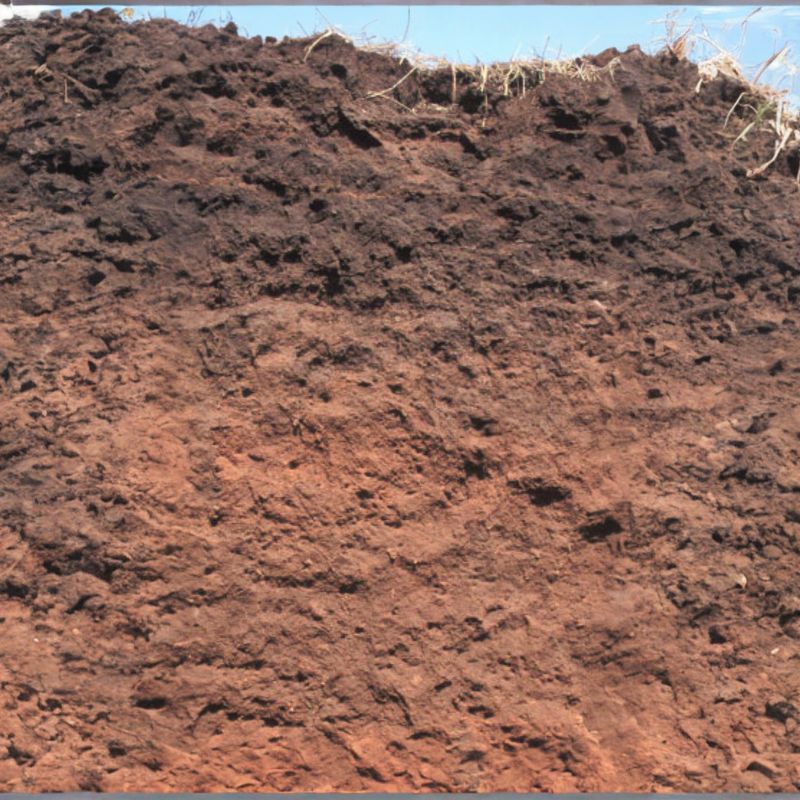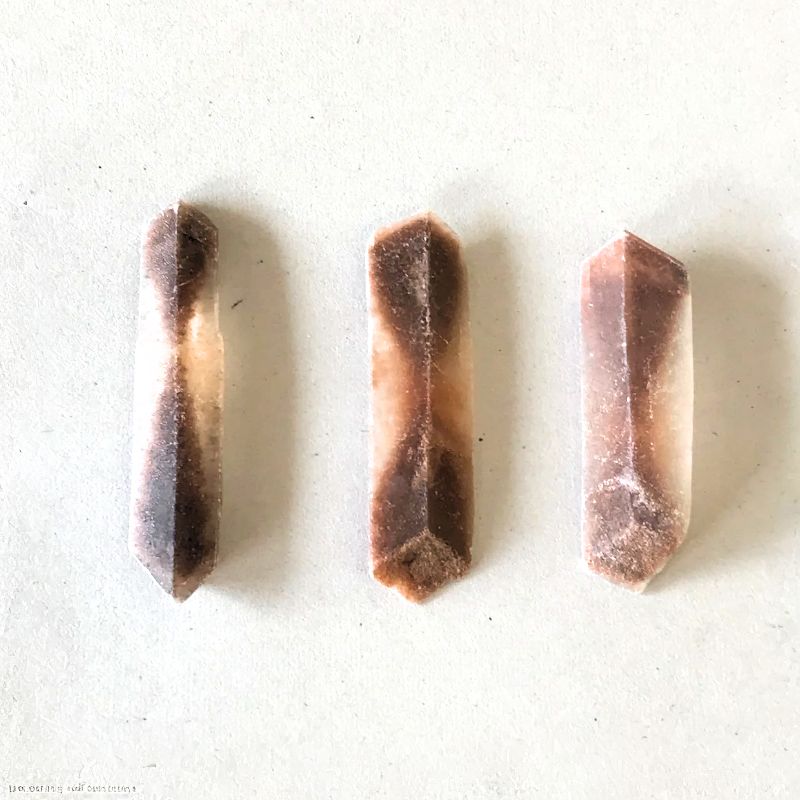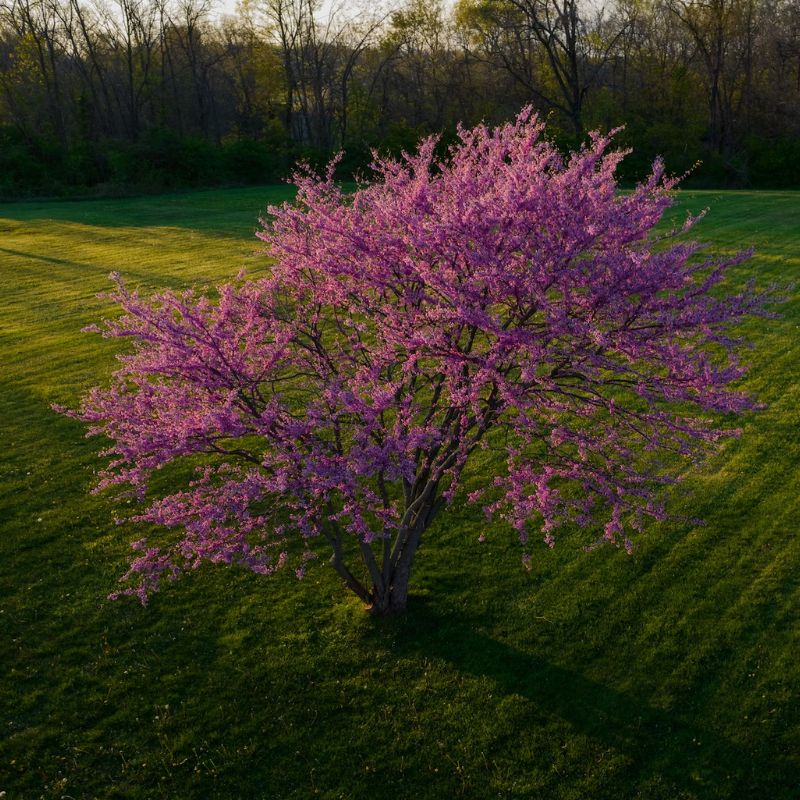Explore the Fascinating History of Oklahoma
Take our Oklahoma Trivia Quizzes for a Chance to Win a 6-Month Subscription to History By Mail!

The History of Oklahoma
Journey Through Oklahoma Trivia
Welcome to our Oklahoma history and trivia page, presented by History By Mail. Join us as we embark on a journey through the fascinating past and diverse cultural heritage of the Sooner State. From the indigenous civilizations of the Cherokee, Chickasaw, and Choctaw tribes to the arrival of European explorers and the modern era, we'll delve into Oklahoma's hidden treasures and challenge your knowledge with engaging quizzes. Let's uncover the rich history and intriguing trivia of Oklahoma together.
Oklahoma, known as the Sooner State, is a land of remarkable historical significance and natural wonders. From the rich Native American heritage and the iconic Route 66 to the vibrant arts scene of Tulsa and the stunning landscapes of the Wichita Mountains, Oklahoma holds a captivating legacy. Explore the stories of the land runs, the Trail of Tears, and the influence of oil and gas industries, as well as the influential figures like Will Rogers and Woody Guthrie who shaped the state's history.
Join us as we unravel the intriguing history and trivia of Oklahoma, delving into its role as a crossroads of cultures, a hub of Native American heritage, and a center for country music and rodeo. Together, let's discover the unique charm and captivating tales of the Sooner State.
Facts about Oklahoma
State Abbreviation: OK
Capital: Oklahoma City
Name Origin: The word Oklahoma is a combination of two words in the Choctaw language, which is spoken by the Choctaw people.
Nickname: Sooner State
Statehood: Nov. 16, 1907 (46th State)
State Motto: "Labor omnia vincit (Labor conquers all things)"
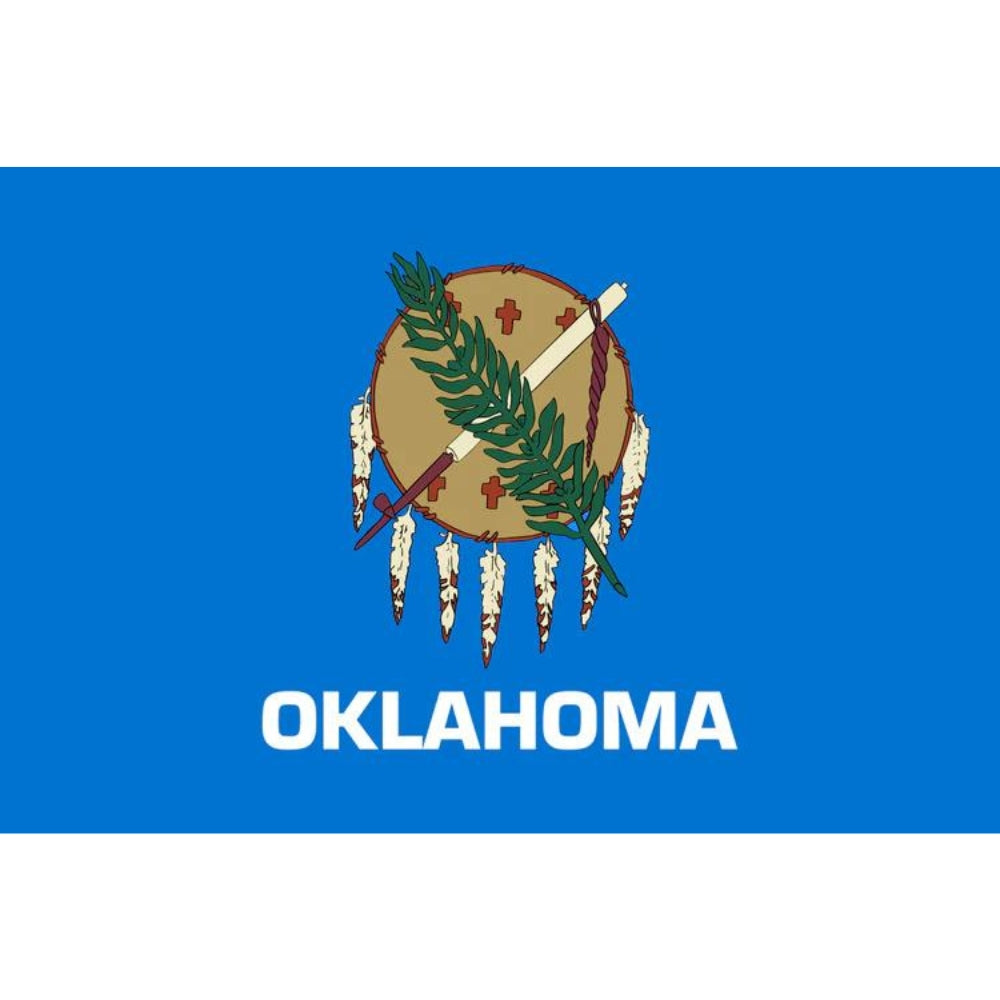
Oklahoma's Flag
The state flag of Oklahoma features a vibrant blue field with a centered Osage Nation buffalo-skin shield. The shield is adorned with intricate Native American symbols and seven eagle feathers hanging down. These feathers represent the seven traditional Osage Nation warrior clans.
In the center of the shield is a traditional Plains-style ceremonial war shield made of buffalo hide. It is decorated with crosses representing not only Native American ancestry but also the high ideals and virtues held by the people of Oklahoma.
Above the shield is an olive branch and a calumet, which symbolize peace and the willingness to defend it. Below the shield is a white peace pipe, symbolizing the Native American heritage and the peaceful coexistence of all Oklahoma residents.
Encircling the shield are 45 white stars, representing the 45 states that were part of the Union at the time of Oklahoma's statehood in 1907. These stars also symbolize the state's historical and political unity with the rest of the nation.
Oklahoma's Great Seal
The state flag of Oklahoma features a vibrant blue field with a centered Osage Nation buffalo-skin shield. The shield is adorned with intricate Native American symbols and seven eagle feathers hanging down. These feathers represent the seven traditional Osage Nation warrior clans.
In the center of the shield is a traditional Plains-style ceremonial war shield made of buffalo hide. It is decorated with crosses representing not only Native American ancestry but also the high ideals and virtues held by the people of Oklahoma.
Above the shield is an olive branch and a calumet, which symbolize peace and the willingness to defend it. Below the shield is a white peace pipe, symbolizing the Native American heritage and the peaceful coexistence of all Oklahoma residents.
Encircling the shield are 45 white stars, representing the 45 states that were part of the Union at the time of Oklahoma's statehood in 1907. These stars also symbolize the state's historical and political unity with the rest of the nation.
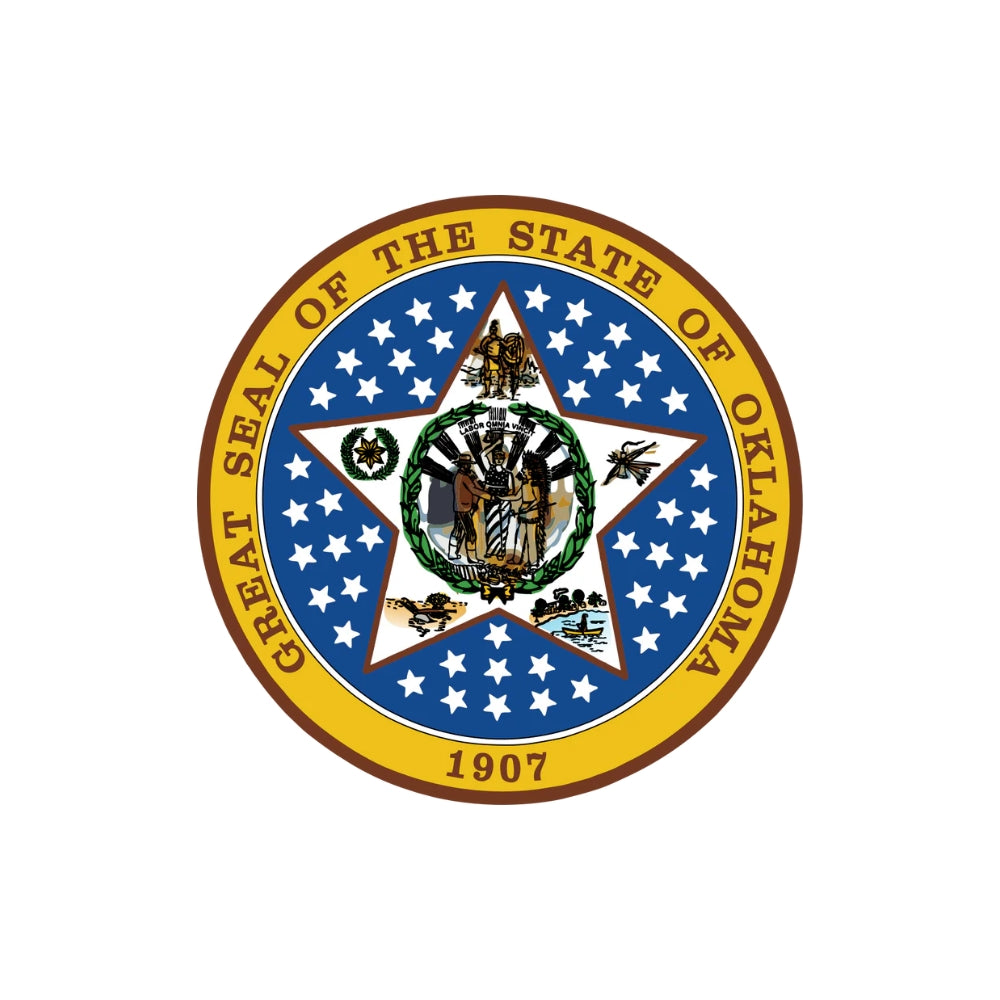
--- State Trivia #1 ---
History of Oklahoma
Francisco Vásquez de Coronado, an explorer from Spain, ventured into the region now known as Oklahoma in 1541. Later, the United States obtained most of Oklahoma through the Louisiana Purchase in 1803, with the Western Panhandle becoming U.S. territory upon the annexation of Texas in 1845.
Initially designated as Indian Territory in 1834, the region was divided into Indian Territory and Oklahoma Territory on May 2, 1890. These two territories were eventually merged to form the state of Oklahoma on November 16, 1907.
The state's nickname, "Sooners," emerged from the events of April 22, 1889, when homesteading was officially opened. Approximately 50,000 individuals rushed into the area, with some attempting to claim land before the designated time of noon. These early settlers who beat the starting signal were known as "Sooners," a term that has since become synonymous with Oklahoma.
The discovery of oil brought prosperity to Oklahoma, although natural gas production has now surpassed it in economic importance. Key industries in the state include oil refining, meat packing, food processing, and machinery manufacturing, particularly construction and oil equipment. Valuable minerals extracted in Oklahoma encompass helium, gypsum, zinc, cement, coal, copper, and silver.
The fertile plains of Oklahoma yield abundant crops such as wheat, sorghum, hay, cotton, and peanuts. Livestock products, including cattle, dairy, swine, and broilers, contribute significantly to the state's agricultural output, accounting for over half of its annual farm receipts.
Oklahoma boasts several noteworthy tourist attractions, including the National Cowboy Hall of Fame in Oklahoma City, the Will Rogers Memorial in Claremore, the Cherokee Cultural Center featuring a restored Cherokee village, the preserved Fort Gibson Stockade near Muskogee, the Lake Texoma recreation area, and horse racing venues such as Remington Park in Oklahoma City and Blue Ribbon Downs in Sallisaw.
While Oklahoma was historically a stronghold for the Democratic Party during the first half of the 20th century, it has gradually shifted towards conservatism. Republican presidential candidates have carried the state in nearly every election since 1952, with the exception of 1964. Additionally, no Democratic presidential candidate has won a single county in Oklahoma since 2000.
The renowned Lewis and Clark expedition further explored Oregon's vast territory in 1805, uncovering its natural wonders and resources. John Jacob Astor's fur depot, Astoria, was established in 1811, playing a pivotal role in the region's early economic development. Finally, disputes between American settlers and the Hudson Bay Company reached resolution with the 1846 Oregon Treaty, granting the United States full control over the region and solidifying its place in history.
Oregon's agricultural sector boasts a variety of valuable crops, with greenhouse and nursery products such as daffodils, irises, and tulips for bulbs being particularly significant. Hay ranks as the state's second most valuable crop, while ryegrass, wheat, and onions also contribute to Oregon's agricultural success. The state holds a prominent position in seed production for various grasses and is a leading producer of peppermint oil and Christmas trees.
Thanks to its abundant supply of low-cost electric power generated by dams, Oregon has emerged as a thriving manufacturing state. Lumber and plywood manufacturing take center stage, accompanied by metalwork, machinery, aluminum, chemicals, paper, food packing, and electronic equipment industries. The wood processing sector, including the production of plywood, veneer, and particleboard, is a vital component of Oregon's economy, and the state leads the nation in lumber production.
Oregon's natural wonders attract numerous visitors each year. Crater Lake National Park, with its stunningly deep blue lake, and the impressive Bonneville Dam on the Columbia River are major tourist attractions. Other points of interest include the Oregon Dunes National Recreation Area, Oregon Caves National Monument, Cape Perpetua in Siuslaw National Forest, Columbia River Gorge, Hells Canyon, Newberry Volcanic National Monument, and John Day Fossil Beds National Monument. These diverse sites offer visitors a chance to immerse themselves in the state's breathtaking landscapes and rich geological history.
In terms of ideology, Oregon has been recognized as one of the most liberal states, ranking third behind Washington DC and Massachusetts in a 2012 Gallup survey. In the same survey, Oregon placed near the bottom of the most religious states, aligning with its progressive reputation. However, the state's commitment to education is evident, as over 20,000 students in the 2012 graduating class took at least one Advanced Placement (AP) exam, signifying a dedication to academic excellence and growth.
State Symbols
Fun Facts
- State celebrities include baseball player Mickey Mantle, folk singer Woody Guthrie, country singer Garth Brooks, and actors Will Rogers and Brad Pitt.
- Visitors can learn about the Old West at the National Cowboy Western & Heritage Museum, which displays Native American artifacts, a model turn-of-the-century town, and a kid-size corral.
- People come from around the world each summer to see Native American artwork and dance performances at the annual Red Earth Native American Cultural Festival in Oklahoma City.
--- State Trivia #2 ---

Things To Do in Oklahoma
- Visit the National Cowboy & Western Heritage Museum: Explore the rich history and culture of the American West at this renowned museum in Oklahoma City. Discover fascinating exhibits, including Western art, Native American artifacts, and cowboy memorabilia.
- Experience the natural beauty of the Wichita Mountains Wildlife Refuge: Located near Lawton, this stunning refuge offers opportunities for hiking, wildlife watching, and scenic drives. Marvel at the rugged landscapes, spot bison and longhorn cattle, and take in breathtaking views from the top of Mount Scott.
- Discover the charm of Bricktown in Oklahoma City: This revitalized district is a hub of entertainment, dining, and nightlife. Stroll along the scenic Bricktown Canal, dine at a variety of restaurants, catch a baseball game at the Chickasaw Bricktown Ballpark, or enjoy live music at one of the vibrant venues.
- Explore the Chickasaw National Recreation Area: Located in Sulphur, this beautiful park offers natural springs, waterfalls, and hiking trails. Take a dip in the mineral-rich waters of the historic Platt National Park swimming hole, go fishing in Lake of the Arbuckles, or picnic amidst the picturesque scenery.
- Immerse yourself in history at the Oklahoma City National Memorial & Museum: Pay tribute to the victims and honor the resilience of the community at this memorial and museum dedicated to the Oklahoma City bombing in 1995. Learn about the events, explore the outdoor memorial grounds, and gain insight into the impact of the tragedy.

General Map of Oklahoma
Oklahoma, known as the "Sooner State," is a captivating destination located in the heartland of the United States. Renowned for its rich history, diverse landscapes, and vibrant cultural heritage, Oklahoma offers a wealth of experiences for visitors to discover and savor.
Famous People From Oklahoma
--- State Trivia #3 ---
FREQUENTLY ASKED QUESTIONS (FAQ) ABOUT OKLAHOMA
Oklahoma's name is derived from two Choctaw words: "okla" meaning "people" and "humma" meaning "red." This combination translates to "red people," which refers to the Native American tribes that historically inhabited the region.
The Oklahoma Land Run of 1889 was a pivotal moment in the state's history. It was the result of the U.S. government opening unassigned lands to settlement. Thousands of settlers rushed to stake their claims, leading to rapid urbanization and the establishment of towns and cities. This event laid the foundation for Oklahoma's eventual statehood in 1907.
Oklahoma is the only state in the United States to have an official state meal. Designated in 1988, the Oklahoma State Meal consists of fried okra, squash, cornbread, barbecue pork, biscuits, sausage and gravy, grits, corn, strawberries, chicken fried steak, pecan pie, and black-eyed peas. This unique designation celebrates the state's rich culinary heritage.
The musical "Oklahoma!" has deep connections to the state's culture. Written by Richard Rodgers and Oscar Hammerstein II, the musical premiered in 1943. It's set in the Oklahoma Territory just before statehood and explores themes of love and rivalry. The state's name is even featured prominently in the title song, "Oklahoma."
Related Resources
- Official Website of the State of Oklahoma: The official website provides information about the state government, services, business resources, tourism, and more. Visit: https://www.ok.gov/
- Oklahoma Tourism and Recreation Department: Explore Oklahoma's attractions, events, outdoor activities, scenic drives, and plan your trip. Visit: https://www.travelok.com/
- Oklahoma Historical Society: Learn about Oklahoma's rich history, access historical archives and resources, visit museums and historic sites. Visit: https://www.okhistory.org/
- Oklahoma Department of Wildlife Conservation: Discover Oklahoma's diverse wildlife, hunting and fishing opportunities, conservation initiatives, and outdoor recreational activities. Visit: https://wildlifedepartment.com/
- Oklahoma State Parks: Explore the state parks of Oklahoma, find camping and lodging options, hiking trails, and outdoor adventures. Visit: https://www.travelok.com/state-parks
- National Cowboy & Western Heritage Museum: Discover the history and culture of the American West, explore exhibits, art, and artifacts. Visit: https://nationalcowboymuseum.org/
- Chickasaw Cultural Center: Immerse yourself in the rich heritage and traditions of the Chickasaw Nation through exhibits, performances, and cultural events. Visit: https://chickasawculturalcenter.com/
- Oklahoma City National Memorial & Museum: Learn about the Oklahoma City bombing and honor the victims and survivors at the memorial and museum. Visit: https://oklahomacitynationalmemorial.org/
- Philbrook Museum of Art: Visit one of Tulsa's premier art museums, showcasing a diverse collection of American, European, Native American, and contemporary art. Visit: https://philbrook.org/
- Oklahoma City Zoo: Explore the zoo's diverse animal exhibits, educational programs, and family-friendly attractions. Visit: https://www.okczoo.org/

